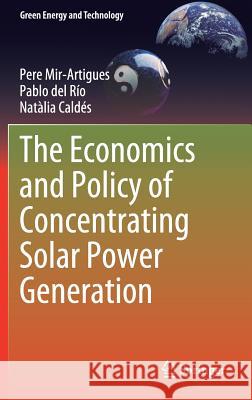The Economics and Policy of Concentrating Solar Power Generation » książka
topmenu
The Economics and Policy of Concentrating Solar Power Generation
ISBN-13: 9783030119379 / Angielski / Twarda / 2019 / 198 str.
The Economics and Policy of Concentrating Solar Power Generation
ISBN-13: 9783030119379 / Angielski / Twarda / 2019 / 198 str.
cena 459,42 zł
(netto: 437,54 VAT: 5%)
Najniższa cena z 30 dni: 460,49 zł
(netto: 437,54 VAT: 5%)
Najniższa cena z 30 dni: 460,49 zł
Termin realizacji zamówienia:
ok. 20 dni roboczych.
ok. 20 dni roboczych.
Darmowa dostawa!
Kategorie:
Kategorie BISAC:
Wydawca:
Springer
Seria wydawnicza:
Język:
Angielski
ISBN-13:
9783030119379
Rok wydania:
2019
Wydanie:
2019
Ilość stron:
198
Waga:
0.47 kg
Wymiary:
23.39 x 15.6 x 1.27
Oprawa:
Twarda
Wolumenów:
01
Dodatkowe informacje:
Wydanie ilustrowane











